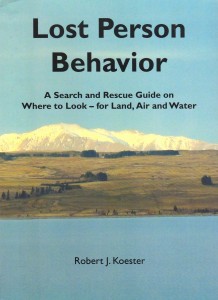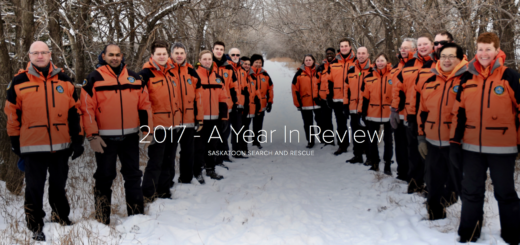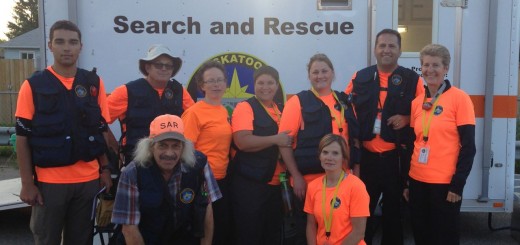Lost Person Behaviour: The Search for Austin Carter
On Friday, May 9, 2014, Saskatoon Search and Rescue was activated to search for a missing 15-year-old autistic boy, Austin Carter. Austin was found safely thanks to the joint search efforts of our organization, the Saskatoon Police Service, Corman Park Police, the Saskatoon Fire Department and MD Ambulance.
Following activations, we always look back at what we did (or didn’t do) and examine what went right, what could have been done better. It’s easy to second-guess ourselves but we have to be careful to reflect on what we knew at the time, not all that we know now.
 Most people don’t know that considerable research has been done on lost person behaviour.[1] As search and rescue personnel we rely on this research, in addition to incident-specific information, to determine where to search, how to search and what things to focus on.
Most people don’t know that considerable research has been done on lost person behaviour.[1] As search and rescue personnel we rely on this research, in addition to incident-specific information, to determine where to search, how to search and what things to focus on.
Typically[2], young people with autism:
– Are attracted to water, lights, reflections, public transportation;
– May become upset in noisy environments so may withdraw/attempt to escape;
– May be evasive and try to hide in small spaces; and
– Have no real fear of danger.
But there are other factors[3] to consider when determining where and how far to search. Research shows that when searching in an urban environment for a missing person with autism:
– Structures, including garages and vehicles, are the most common find location (70%), followed by roadway areas (20%) and water (10%);
– 25% are found within .3 km of the IPP (Incident Planning Point – in this case, Austin’s home), 50% are found within 1 km, 75% are found within 3.8 km and 95% are found within 8 km.
As noted in media releases (here, here and here) and a news article Austin’s home was in the Grosvenor Park area of Saskatoon, approximately 5 km away from the river. All indicators on the day he went missing is that he was on foot, which would have made his final destination at Wanuskewin Heritage Park, more than 15 km away, well out of the normal range. It wasn’t until the next day that it was learned Austin had taken a different bus.
When a subject accesses other modes of transportation, it significantly alters the search area and, from where it is believed Austin got off the bus, the lost person behaviour research begins to make sense again – closer to water and to the point found.
In Austin’s case, traditional media, social media and the citizens of Saskatoon played a huge and important role. Public awareness of the incident resulted in two citizens seeing Austin, being aware he was missing and notifying police with detailed information. Because of this, the search refocused to the area in which Austin was eventually located and he was safely returned to his family.
Written by Shelley Ballard-McKinlay
[1] Robert J. Koester, Lost Person Behavior: A Search and Rescue Guide on Where to Look – for Land, Air and Water (dbS Productions LLC, 2008)
[2] Ibid p. 116 (Note: There are more characteristics than listed in this article but these are the main ones.)
[3] Ibid p. 117 (Note: There are more factors than listed in this article but these are the main ones.)
For more information on lost person behaviour, see our SAR Resources page.


